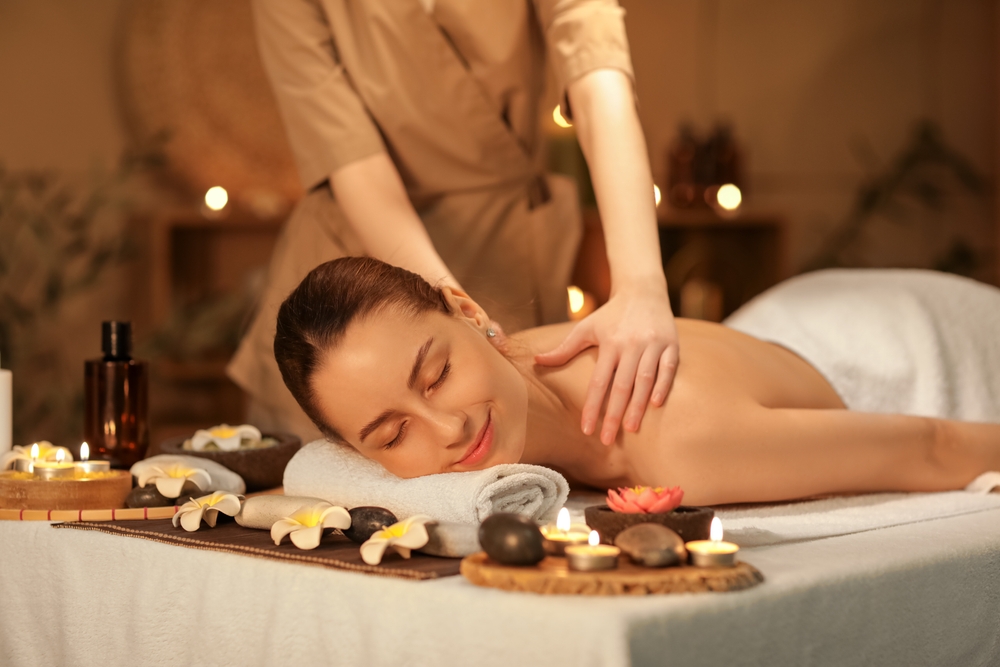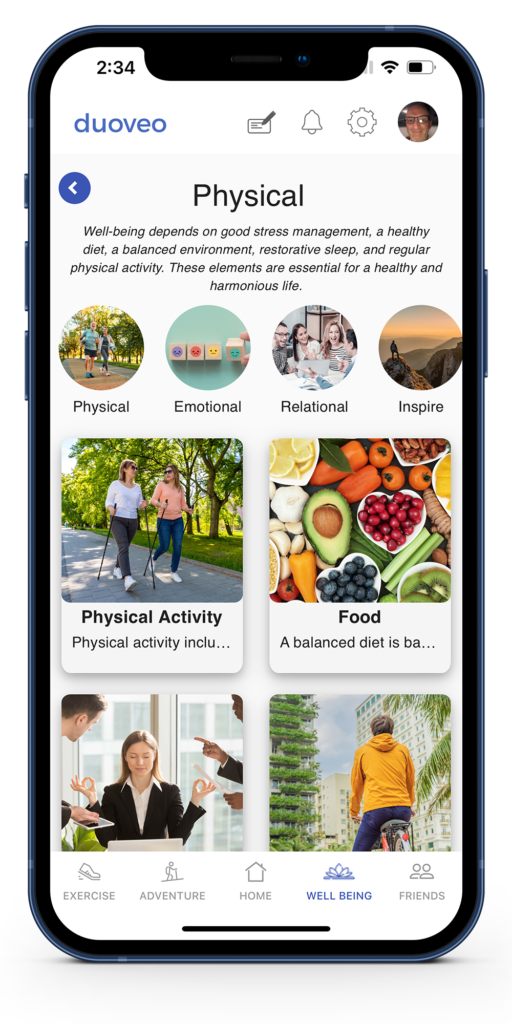Today, science confirms what our ancestors already knew: art of massage is a powerful ally for our health. It boosts blood circulation, releases tension, and, on top of it all, lifts our mood by encouraging the production of endorphins—those little happiness hormones. A recent study in the Journal of Alternative and Complementary Medicine even revealed that those who regularly enjoy massages experience a strengthened immune system. In other words, getting a massage is not just a treat—it’s an investment in a stronger, healthier body.
The art of touch: A pleasure with ancient roots
Massage is much more than just a gentle treatment for the body. Since ancient times, it has been the companion of those seeking to feel good, fully, and deeply. The Egyptians, for example, saw massage not as a mere coquettishness, but as an essential key to unlocking the doors to well-being. The Greeks, for their part, adopted it for its therapeutic virtues, convinced that the hand that massages is also the one that heals.
Today, science tells us what our ancestors already suspected: massage is a valuable ally for our health. It stimulates blood circulation, releases tension, and, best of all, it boosts our mood by promoting the production of endorphins, those little happiness hormones. A recent study published in the Journal of Alternative and Complementary Medicine even revealed that those who regularly indulge in massage see their immune systems strengthened. In other words, getting a massage also means giving yourself a body that is more resistant to life’s little inconveniences.
And for those suffering from chronic pain, massage isn’t just a luxury—it’s a necessity. A study published in the Journal of Pain showed that individuals suffering from chronic back pain saw their discomfort decrease after just a few massage sessions. Picture those expert hands caressing your back, each press easing your pain a little more, until you feel in control of your body again.
After the Effort, the Comfort: Massage as a Fountain of Youth
Imagine an intense workout session where every muscle is pushed to the limit. Your legs feel heavy, your shoulders tense… That’s when massage steps in, like a caring lover who comes to tend to you. Swedish massage, for instance, is ideal for soothing sore muscles and speeding up recovery. It flushes out toxins, unties knots, and brings back that lightness you forgot you had.
And for those suffering from chronic pain, massage isn’t just a luxury—it’s a necessity. A study published in the Journal of Pain showed that individuals suffering from chronic back pain saw their discomfort decrease after just a few massage sessions. Picture those expert hands caressing your back, each press easing your pain a little more, until you feel in control of your body again.
Art of Massage: A Precious Pause in a Hectic World
In a society that moves ever faster, massage is a breath of fresh air, a moment to hit pause. But make no mistake, this isn’t just a coffee break. No, massage is a journey, an escape from the chaos of daily life. Whether in a spa with soft lighting or at home, it’s an invitation to let your defenses down and be revealed under the skilled hands of a masseuse.
Massage is also a rediscovery of self. As days pass, we sometimes forget to listen to our bodies, to pay attention to the little aches and tensions that build up. Massage reawakens this body awareness, reconnecting us with our sensations and needs. It’s a dance where every movement, every press, tells a story—the story of your reclaimed well-being.
A Symphony for the Senses
Massage is far more than mere touch. It’s a symphony that resonates through all your senses. Imagine lying down, wrapped in gentle warmth, soft music floating in the air. Warm, fragrant oils are massaged into your skin, their captivating scents lifting your spirit, while the masseuse’s hands dance across your body.
The choice of oils is no coincidence. Lavender, for example, is known for its calming effects, while ylang-ylang evokes sensuality. These fragrances do more than just delight your senses—they penetrate deeply, soothing both body and mind. And then there’s the warmth of human contact, which, with just one touch, melts away the tension. Massage is the delicate art of knowing where and how to touch, to make every inch of your being shiver with pleasure.
Massage and Emotional Balance: When Body and Mind Align
Well-being is holistic, and art of massage speaks just as much to the mind as it does to the body. Hands that glide across the skin not only relax muscles—they calm the mind, banishing everyday worries. By lowering cortisol levels—the stress hormone that plagues our lives—massage acts like a true happiness booster.
Certain techniques, like shiatsu or reflexology, go even further. They don’t just caress; they aim to restore the body’s energy balance. These practices, rooted in Asian traditions, view ailments as the result of blockages in our energy flow. Massage, by unblocking these energy knots, restores this inner harmony, that subtle balance which leaves us feeling at peace with ourselves.
Conclusion
Art of Massage is much more than a moment of relaxation. It’s a true ode to well-being, a ritual that awakens the senses, soothes the body, and nourishes the soul. Whether you’re looking to recover after a workout, ease persistent pain, or simply indulge in a moment of softness, massage has something to offer. So, let yourself be carried away by this wave of pleasure and well-being, and rediscover the joy of feeling fully alive from head to toe.
References:
- Field, T. (2014). Massage therapy research review. Complementary Therapies in Clinical Practice.
- Sherman, K. J., Cherkin, D. C., et al. (2011). A randomized trial comparing yoga, stretching, and a self-care book for chronic low back pain. Archives of Internal Medicine.
- Moyer, C. A., et al. (2011). Massage therapy and stress: A review of the literature. Psychological Bulletin.
- NIH. The effects of massage therapy on delayed onset muscle soreness and muscle performance. Journal of Strength and Conditioning Research.
- Diego, M. A., Field, T., & Hernandez-Reif, M. (2005). Vagal activity, gastric motility, and weight gain in massaged preterm neonates. Journal of Pediatrics.


